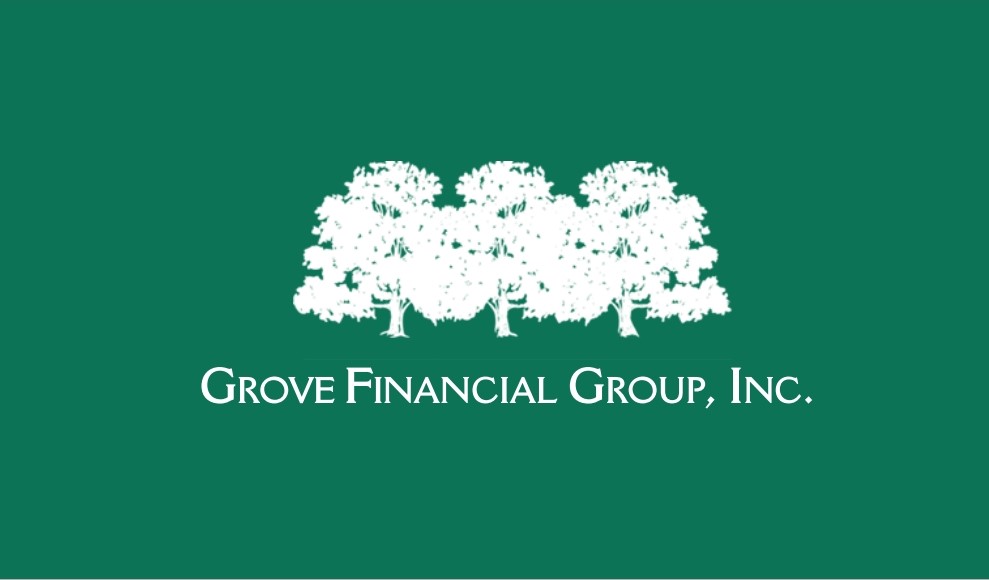The 5 Biggest Retirement Mistakes
(And How to Avoid Them Before It's Too Late)
Planning for retirement is arguably one of the most critical financial decisions you'll face in life. It requires careful thought, discipline, and strategic planning to ensure your savings and income will sustain you throughout your golden years. Unfortunately, many individuals make common mistakes that undermine their retirement goals.
Below are five of the most prevalent retirement mistakes we observe—along with practical strategies to help you avoid them. The key is to start early and take proactive steps, giving yourself the best chance to enjoy a comfortable and worry-free retirement.
Underestimating How Much You'll Need
The Challenge
Many people assume that their expenses will automatically decrease after they stop working. However, this is often not the case. Factors such as healthcare costs, lifestyle inflation, and inflation itself can significantly increase your expenses once you're retired.
The Reality of Retirement Expenses
The traditional rule of thumb suggests you'll need 70-80% of your pre-retirement income, but this oversimplifies retirement spending complexity. Many retirees discover their expenses actually increase in early retirement as they pursue travel, hobbies, and activities they couldn't enjoy while working.
Consider these often-overlooked expenses:
- Home maintenance and modifications for aging in place
- Increased utility costs from being home more often
- Transportation costs if you can no longer drive
- Technology upgrades and assistance
- Family support and gifts to children or grandchildren
- Emergency funds for unexpected major expenses
How to Avoid It
Engage with a financial professional to develop a detailed, customized retirement income plan. This plan should factor in all potential expenses while accounting for inflation and taxes.
Use retirement calculators that account for inflation and consider creating multiple scenarios to stress-test your plan.
Relying Too Heavily on Social Security
The Challenge
Social Security was established as a supplement to other retirement income sources, not as the primary or sole support. Relying solely on Social Security can be risky, especially as benefit payouts may not fully keep pace with inflation and rising healthcare expenses.
Understanding Social Security's Limitations
Social Security benefits typically replace only about 40% of pre-retirement income for average earners. The system faces long-term funding challenges, with projections that benefits may need to be reduced by approximately 20% by 2034 without congressional action.
How to Avoid It
Build multiple streams of retirement income, including employer pensions, personal savings, investment portfolios, annuities, or other assets.
The "three-legged stool" approach:
- Social Security – Your foundation benefit
- Employer-sponsored retirement plans (401(k), pension, etc.)
- Personal savings and investments (IRAs, taxable accounts, real estate)
Delaying Planning Until the Last Minute
The Challenge
Many individuals postpone serious retirement planning until they are within a few years of leaving the workforce. This approach leaves limited time to make meaningful adjustments or address potential shortfalls.
The Cost of Delay
Time is your most powerful ally in retirement planning due to compound interest. A 25-year-old who saves $200 monthly earning 7% annually will accumulate over $525,000 by age 65. Wait until age 35, and they'll need nearly $300 monthly to reach the same goal.
How to Avoid It
Start planning as early as possible—ideally five or more years before your desired retirement date.
Timeline for Retirement Planning:
- 20s-30s: Build savings habits, maximize employer matches
- 40s: Increase savings rates, begin detailed projections
- 50s: Catch-up contributions, estate planning
- 60s: Transition planning, Social Security optimization
Ignoring Healthcare and Medicare Planning
The Challenge
Healthcare costs during retirement can be significant and often underestimated. Many retiree budgets overlook the complexities and costs associated with Medicare, supplemental insurance, prescription drugs, and long-term care.
The Healthcare Cost Reality
A healthy 65-year-old couple retiring today may need approximately $300,000 to cover healthcare costs throughout retirement. This doesn't include long-term care, which can add hundreds of thousands more.
Medicare has significant gaps:
- Part A has deductibles and coinsurance
- Part B covers only 80% of approved amounts
- Part D has coverage gaps ("donut hole")
- Long-term care is largely not covered
- Dental, vision, and hearing aids have limited coverage
How to Avoid It
Include healthcare planning as a fundamental component of your retirement strategy. Learn about Medicare enrollment periods well in advance to avoid penalties.
Healthcare Planning Strategies:
- Consider Health Savings Accounts (HSAs) if eligible
- Research long-term care insurance in your 50s
- Understand Medicare enrollment periods
- Plan for geographic considerations
Not Working with a Qualified Financial Professional
The Challenge
Trying to navigate retirement planning alone might seem cost-effective, but it often results in missed opportunities. Without expert guidance, small mistakes can have long-term repercussions.
The Value of Professional Guidance
Retirement planning involves complex decisions around tax strategies, investment allocation, withdrawal sequencing, estate planning, and risk management. Studies show that working with a financial advisor can add approximately 3% in net returns through various optimization strategies.
How to Avoid It
Partner with a trusted fiduciary financial professional who specializes in retirement planning. An advisor can analyze your unique situation and develop strategies that reflect your goals, risk tolerance, and timeline.
When Choosing a Financial Advisor:
- Look for fiduciary responsibility
- Verify credentials (CFP, ChFC, etc.)
- Understand their fee structure
- Ensure they specialize in retirement planning
- Check their regulatory history
Transform Your Retirement Dreams into Reality
At Grove Financial Group Inc., we don't just plan for retirement – we craft personalized strategies that turn your hopes and dreams for tomorrow into achievable realities. Our expertise and dedication ensure you'll have the financial confidence to enjoy the retirement you've always envisioned.
The key is to take action now, regardless of your age or current financial situation. Every step you take today will compound over time, creating a stronger foundation for your future financial security.
Schedule Your Complimentary Retirement Review Today

